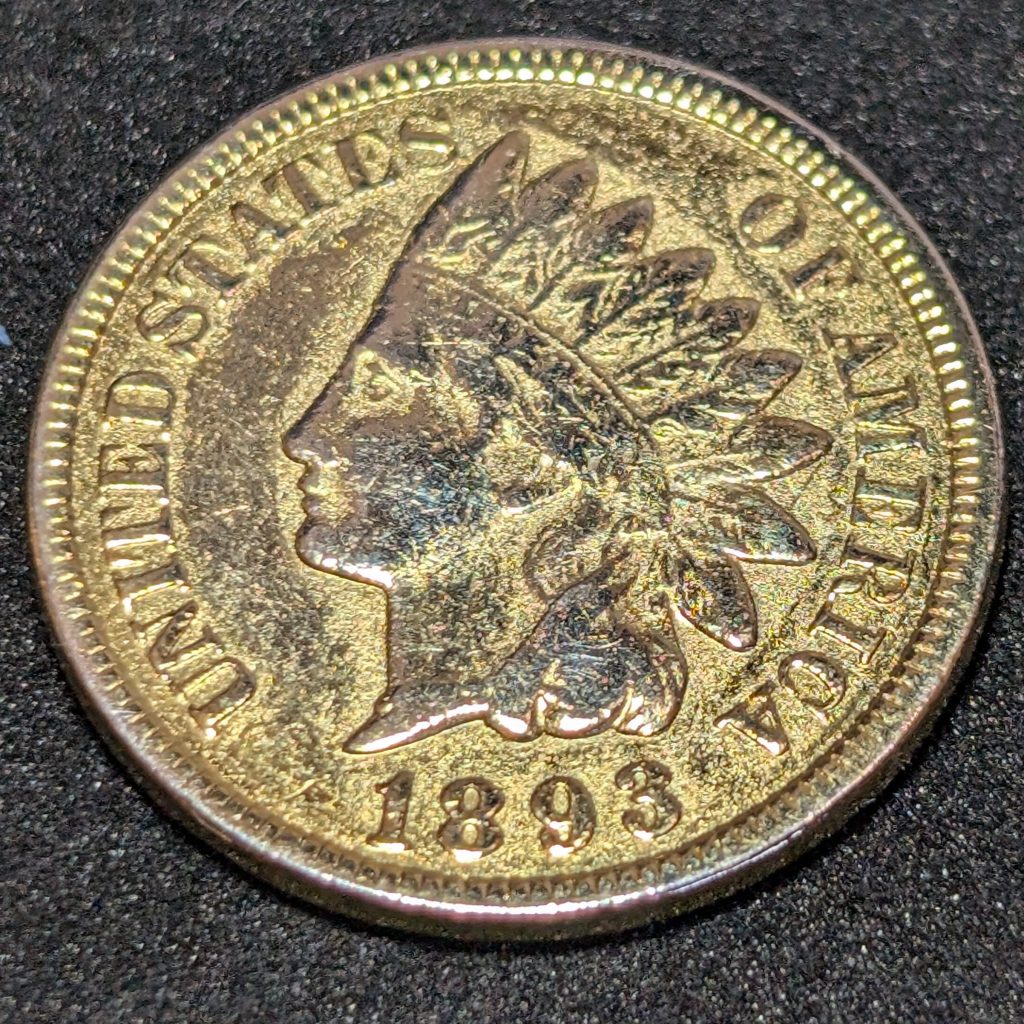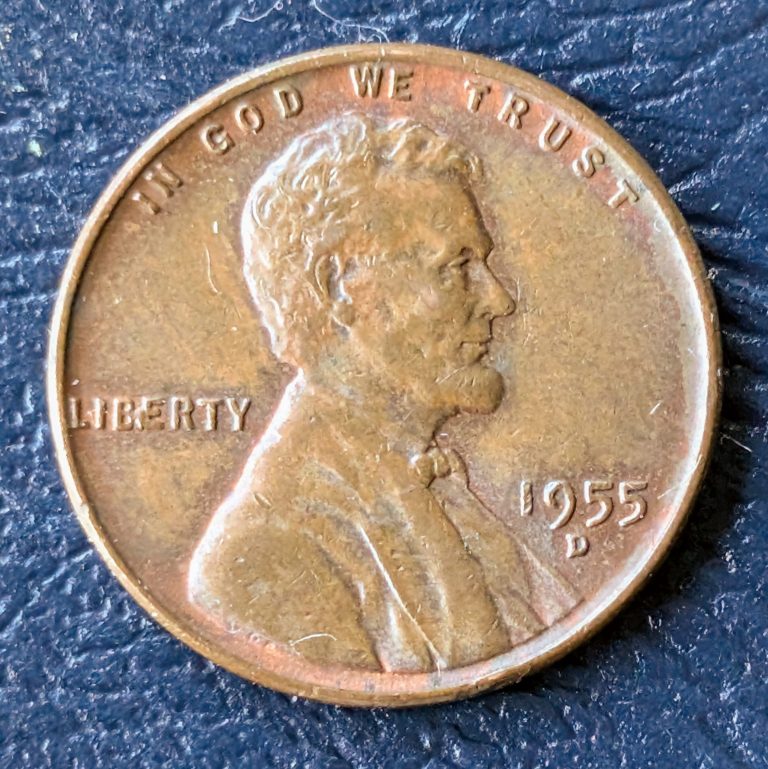The Truth About Plated Coins: Gimmicks, Science, and Deception

Every now and then, you’ll come across a U.S. coin that looks a little too shiny for its own good – mirror-like surface, strange hue, sometimes even “golden.” If it’s a common date, has no mint error, and doesn’t make sense for the coin type… odds are you’ve found a plated coin.
A plated coin is a regular circulation coin that’s been coated with a thin layer of metal after it left the Mint. This isn’t an error. It wasn’t done by the government. It’s not rare. It’s just… modified.
Sometimes they’re gold plated. Sometimes chrome. Sometimes you’ll see copper plating over zinc cents that’s too thick or patchy. Whatever the metal, it’s a surface-level alteration done for looks, gimmicks, or educational purposes—not something that increases value.
Why Are Coins Plated in the First Place?

This 1943 Lincoln cent appears to be struck in copper, but it’s actually a common steel cent that’s been coated to mimic a rare and valuable wrong-planchet error
There are two main reasons coins get plated: education and deception.
On the legitimate side, it’s often done as part of science experiments or classroom demos, especially in middle school or early chemistry classes. The process is pretty simple, usually electroplating or using a reducing agent like zinc dust and sodium hydroxide to create that silvery look. Students learn how metals react, how electrons move, and how surface chemistry works. It’s a cool hands-on moment… but it leaves a coin that’s technically altered, and completely worthless to collectors.
On the shadier side, coins are sometimes plated to mimic rare or valuable versions. One common example is the steel-coated 1943 copper penny scam, where people plate a normal copper wheat cent with zinc to make it look like the ultra-rare 1943 bronze cent. If you don’t know what to look for, the weight and color might fool you.
Either way, once a coin is plated, it’s no longer original and that’s a problem if it ends up in the wrong hands or gets passed along as a “special find.”
What to Do If You Find a Plated Coin
If you come across a plated coin, especially something like a shiny Indian Head cent or a golden-looking wheat penny, here’s how to handle it:
1. Don’t assume it’s valuable
Just because it looks rare doesn’t mean it is. Plated coins are often made to look special (gold, silver, or unusually clean) but they’re usually altered after minting. These modifications destroy numismatic value.
2. Test it if you’re curious
You can confirm a coin is plated by:
- Using a magnet (especially for 1943 cents, real ones should stick).
- Looking for base metal exposed on the high points or edges.
- Checking weight if you have a scale. Plated coins usually weigh slightly more.
- Comparing luster and color against known examples.
3. Don’t try to sell it as something it’s not
If you’re reselling, be honest and label it as a “plated novelty coin” or “altered surface.” Some folks collect them as curiosities, but trying to pass one off as an error or valuable variety can get you flagged or banned.
4. Start a little side collection
If you enjoy the oddity of it, hang onto them. A row of fake 1943 “copper” cents, plated IHCs, or strange wheat pennies makes for a great teaching set down the line, and they’re fun to bust out at coin club or show-and-tell. I hold onto all of mine and put them into flips. I think they’re cool to look at, and don’t really want them back out in the wild to confuse another beginner collector.
Final Thoughts: Shiny Doesn’t Mean Special
Plated coins might look exciting at first glance, but they rarely hold any real numismatic value. Whether they were created for novelty, science experiments, or deception, the truth is they’re not mint products and the collecting world treats them as such.
Still, they’re worth knowing about. Recognizing a plated coin can save you from overpaying, getting scammed, or wasting time chasing a ghost. And if you’ve got a soft spot for weirdness, toss them in a flip and build a little teaching collection. Just don’t expect it to pay for your retirement.
Geoff runs Genuine Cents, a straight talking coin education project built from hands-on experience and hundreds of hours examining coins. He is an ANA member and writes practical guides for new and returning collectors who want clarity instead of hype. If you want to reach him, message him on Instagram at @GenuineCents.

